December 18, 2020
Looking ahead to 2021, I am expecting an improvement from 2020. I know that is not saying much, but there are a lot of crazy dynamics at play in the healthcare industry and the economy as a whole, so it’s very hard to say what to expect, except a lot of change. That said, here’s what I am watching for in the year to come:
Bounce Back of Postponed Care
A lot of routine and delay-able care will come flooding back into the healthcare market once it’s safe and the COVID-19 treatment and vaccination crush have passed. The surge will be throttled somewhat as health systems will be hard-pressed to get everything scheduled and taken care of in a timely fashion, but it will mean plenty of business for practices and clinics.
For better or worse, though, some of that provider business will just be lost. If you missed a routine visit to your PCP, dermatologist, urologist, etc. in the last year, you may get an appointment as soon as it’s safe and available, but you won’t get two in one year. Also, many people who had procedures planned or contemplated for 2020 will never get them now for a variety of reasons both clinical and socioeconomic.
It will be interesting to see the impact on providers and payers as all of this plays out against the backdrop of COVID-19 treatment and vaccination. Health plans have socked away a ton of cash this year as routine care waned and because some of that missed care will never occur, they stand to be pretty flush for at least the next couple of years.
Interestingly, researchers are eagerly looking forward to analyzing the long-term impacts of this lost year in routine care and testing. Some expect to see data that indicates we have been doing too much, resulting in more diagnoses and treatments than are clinically helpful. Will this mean a reassessment of routine care and potential drop in business for certain specialties as a result? I doubt it, but I’m very interested in how it all plays out.
Telemedicine’s New Role
The health IT industry has watched with excitement — and spilled a lot of ink over — the surge in telemedicine and other kinds of virtual care during the pandemic. Some predict that widespread use of these technologies will be the new normal, while others expect a return to the status quo ante. I’m falling in the middle here. Some doctors, patients and health plans have learned that certain care can be conducted more efficiently, conveniently and cost effectively in this manner, but many docs and patients will want to return to face-to-face mode for instances where virtual encounters have been unsatisfactory.
I do think that this new higher baseline for telemedicine/virtual care use will give a big boost to that industry, accelerating the learning and comfort curves dramatically from pre-pandemic levels.
Economic Recovery
Healthcare may be busier than usual for the next year or two, but other industries may not be so lucky, and that can have a big impact in the long run for people’s and employer’s ability to pay for care. This crisis has hit different industries in different ways and while there are hopeful signs of recovery in the New Year, it remains to be seen what the long-term impacts will be on travel/tourism, gyms and restaurants.
I expect that, like healthcare, these industries will experience an initial surge as pent-up demand comes back into the market. The trick will be staying alive until then, and then finding ways to convert that surge into sustained consumer engagement. If hard-hit industries can capitalize on the absence-makes-the-heart-grow-fonder factor, and create great experiences that consumers will continue to crave, then I think the entire economy will reap the rewards of a strong comeback.
The Biden Administration
The changing role of government in a new administration is always a topic of much intrigue to predictors. This year is no different, but the tea leaves are pretty hard to read because the situation is so dynamic. Maybe we have a great recovery and a Republican senate majority and the status quo reigns. Maybe a drop in employer-sponsored coverage, combined with a payer industry that looks grossly over-profitable amid tough economic times, creates a policy environment much more open to significant adjustments to the healthcare system. Faithful readers will know my views on the potential impact of Biden’s preference for a public option.
Surprise billing legislation is already on the docket as part of the EOY COVID-19 relief bill and everyone seems interested in trying to address pharma, PBM and provider pricing, so even if divided government continues, we may still be in for some significant policy changes in 2021.
Bye Bye 2020!
Not many people will look back on the past year with much fondness. Even those that benefitted economically or enjoyed more time with family rightly see 2020 as a goat rodeo of epic proportions. At least, in years to come, we can all brag that we made it through the craziest year and “You young whippersnappers don’t know how good you have it.”

